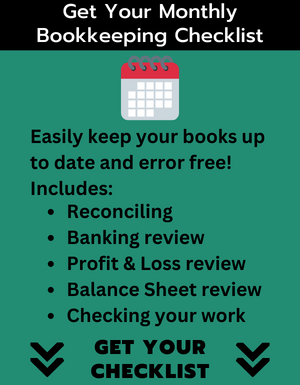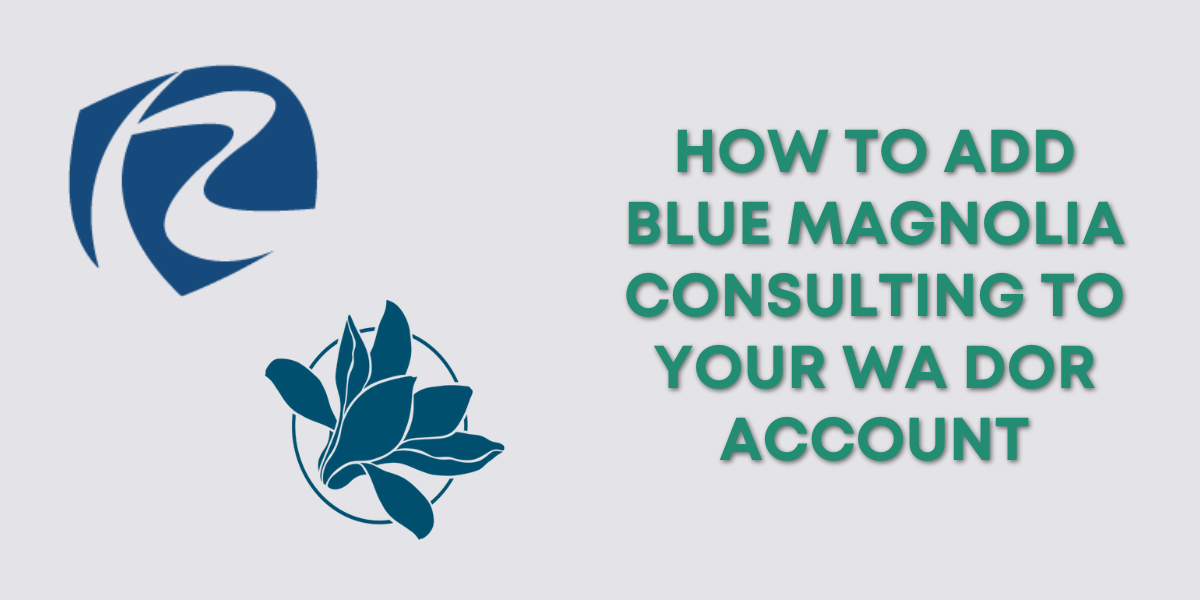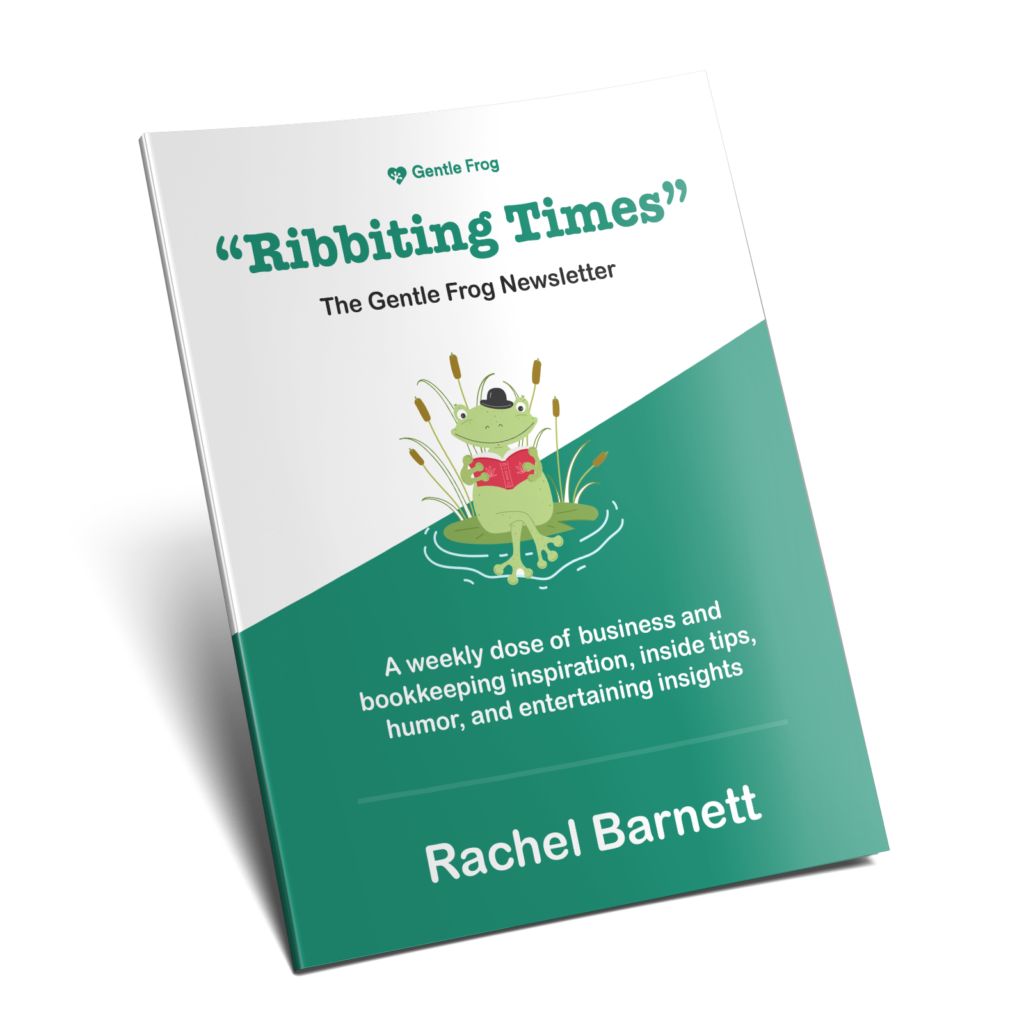The Evolution of Boundaries
As a business owner, it can be tempting to go above and beyond to meet client demands.
However, without clear boundaries, this can quickly lead to burnout.
The Rachel of five years ago would bend over backward to meet client demands, often at the cost of personal time and stress levels.
However, the experiences of recent years, especially the unique challenges presented by 2024, have taught me the critical importance of establishing firm boundaries.
This shift from being a people-pleaser to a boundary-setter has reduced my stress and improved the quality of my work and my relationships with clients.
Over time, many entrepreneurs learn the importance of setting limits that protect their time and energy.
Recognizing Your Boundaries
Start by identifying what matters most to you, both personally and professionally.
Ask yourself: Are you constantly sacrificing evenings, weekends, or personal activities for work?
If so, it may be time to set boundaries around your schedule to protect your time.
Reflecting on what aspects of your life are most affected by work can help determine where to draw the line.
Types of Boundaries
Identifying personal and professional boundaries starts with understanding what you value most.
For me, it’s maintaining a balance between work and personal life. I cherish evenings with my family, board game nights, and leisure activities.
Recognizing that these moments were being encroached upon by work was a significant step in setting my boundaries.
Boundaries in business take many forms:
- Time Boundaries: Set clear work hours and avoid letting work spill into your personal time.
- Emotional Boundaries: Avoid tasks or projects that cause unnecessary stress or discomfort.
- Professional Boundaries: Define the scope of your services and stick to it.
- Communication Boundaries: Establish clear guidelines for when and how clients can reach you.
Communicating Your Boundaries
Once you know your boundaries, it’s important to communicate them.
Let clients know your availability upfront and how you prefer to handle requests.
For example, if a client asks to meet outside your designated hours, you can politely explain that you adhere to a strict schedule to manage your workload effectively.
Clear communication prevents misunderstandings and sets expectations early on.
Maintaining Your Boundaries
Sticking to your boundaries can be challenging, especially when faced with urgent requests or pushback.
Using tools like calendars and scheduling apps can help enforce these boundaries.
These tools allow you to organize your time, schedule necessary breaks, and stay on track without overloading your schedule.
Leveraging Technology for Boundaries
Technology can be a powerful ally in maintaining boundaries.
Scheduling tools like Acuity or Calendly sync with your calendar and let clients see your availability in real time.
This minimizes the back-and-forth of scheduling and helps keep your boundaries intact without constant reminders.
When Boundaries Are Challenged
There will be times when clients test your boundaries despite clear communication.
In these cases, standing firm is crucial.
If a client continues to disregard your limits, it may be time to evaluate whether they are the right fit for your business.
You deserve to work with people who respect your time and efforts.
Respecting Your Own Boundaries
It’s equally important to respect your own boundaries.
If you decide to stop working by 6 PM, follow through on that commitment.
Consistently enforcing your own rules keeps you balanced and sets an example for others.
Remember, respecting your own time helps ensure that others do the same.
Conclusion
Setting boundaries is about knowing your limits and working at your best.
Establishing clear limits reduces stress, improves work quality, and fosters stronger relationships with clients.
Boundaries are not about being inflexible—they’re about creating a framework for success that benefits both you and your clients.
Engage and Take Action
You’re not alone if you’re struggling with setting or maintaining boundaries.
Many business owners face this challenge.
Take time to define what matters to you, communicate it clearly, and be firm in your decisions.
If you’ve encountered similar challenges or have tips on managing boundaries, join the conversation in the comments or connect with us in Gentle Frog’s Bookkeeping Lily Pad Community.
Together, we can build healthier, more sustainable business practices.






